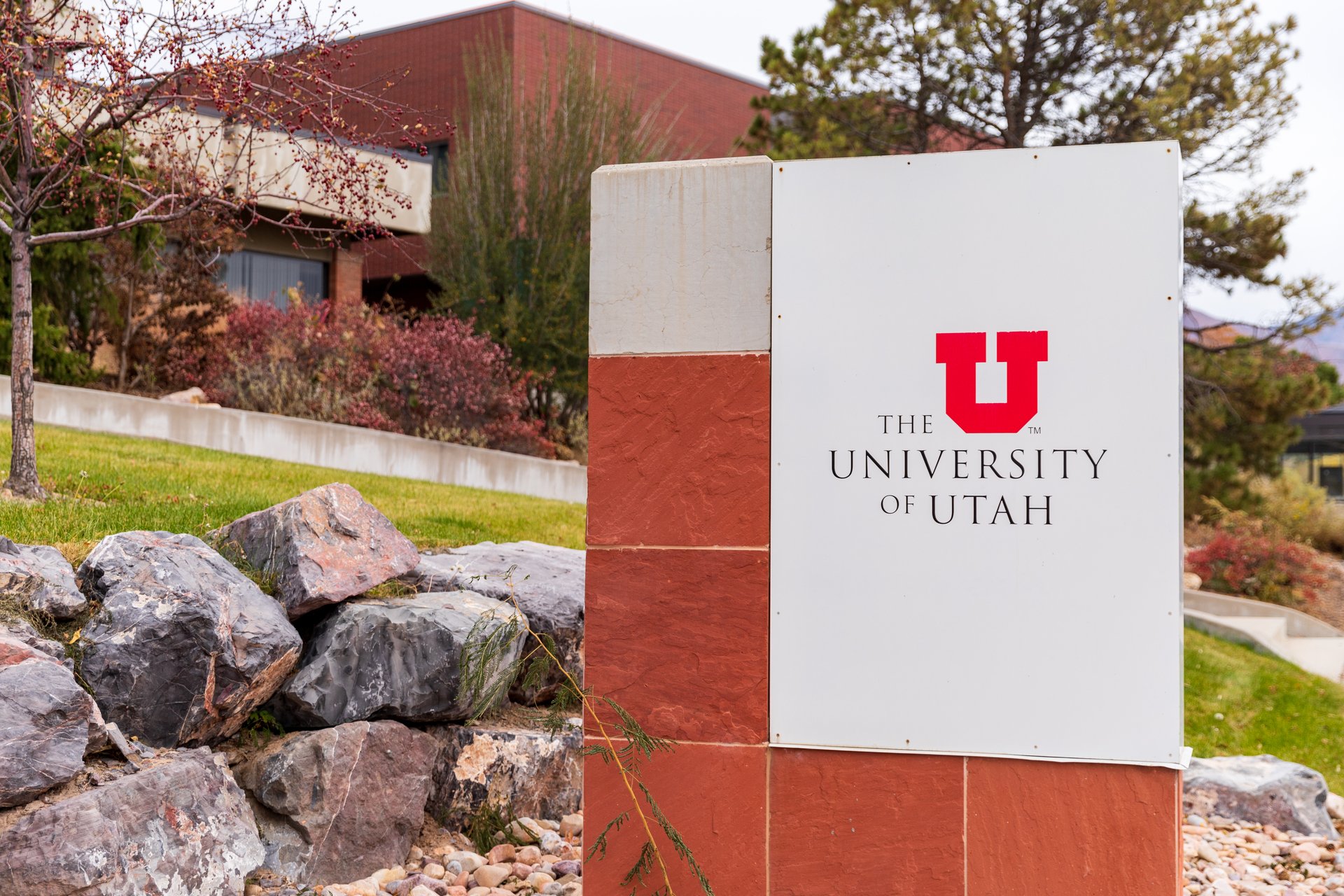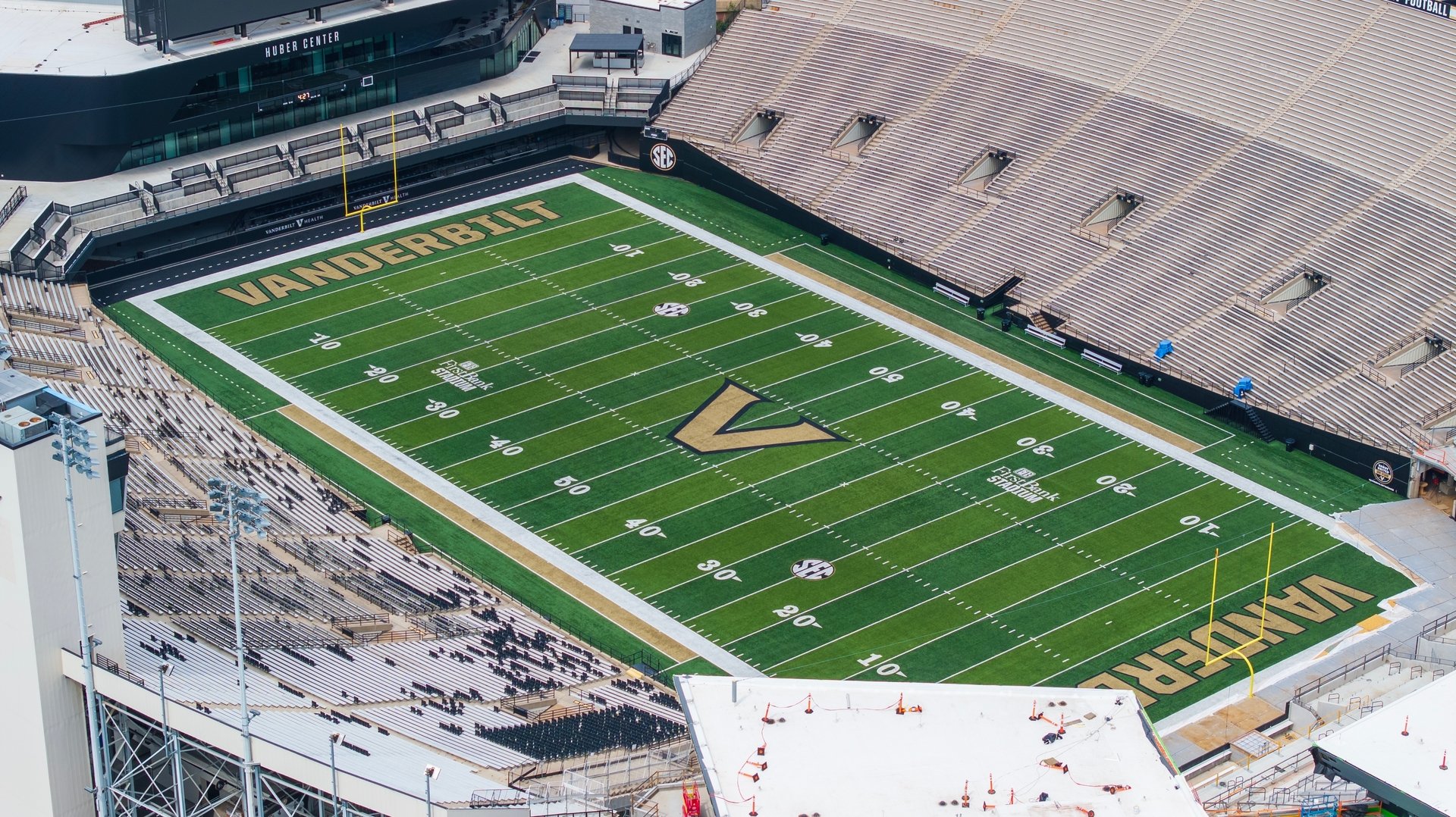Good morning, and thanks for spending part of your day with Extra Points.
Ease into investing
“Ease” being the key word. With automated tools like portfolio rebalancing and dividend reinvestment, Betterment makes investing easy for you, and a total grind for your money.
It’s been a few weeks since I’ve done a mailbag edition, and the questions in the ol’ inbox are starting to pile up. As always, mailbag questions are taken on a rolling basis, via my email address ([email protected]), Twitter (@MattBrownEP), BlueSky (@mattbrown.bsky.social) and elsewhere.
I’ll combine a few questions here and address this one right from the jump.
A whole bunch of people have essentially asked:
How much money has EA Sports College Football 25 made, and what does that commercial success mean for college basketball products or other sports video games?
Getting very hard and fast financial data at this stage is difficult, but I do know a few things.
According to the “preliminary financial results for Q1” that EA released, EA Sports College Football 25 welcomed five million unique players into the game through its first week,” which is a huge number. Mike Straw of Insider-Gaming.com reported that the title has “already hit $500M in revenue generated” as of July 30.
What I can personally attest to, based on multiple conversations I’ve had with folks in and around EA, is that the game has absolutely smashed early financial projections. Along with Straw, I had also heard that ~$150M in revenue would have been considered a success for the initial release, or early sales in the two, two and a half million range. While I wasn’t able to get anybody to specifically confirm north of $500 million in revenue, the folks I talked to said “that isn’t a crazy number”, and if that if the game hasn’t hit that mark yet, it probably will soon.
This is a nit-picky point, but it’s worth noting that a) we don’t know how many early customers purchased the standard vs deluxe editions, which are priced differently, b) we don’t know how much money EA is earning from “live service” (i.e Ultimate Team points) revenue vs titles sold, and c) we don’t know exactly how much money EA actually earns from each sale, as retailers, digital stores, etc, will capture a cut of each transaction. As a company, EA typically brings in substantially more revenue from live services income than title sales, but what that breakdown looks like for CFB25 is unknown at the moment.
But yes, TL;DR, this game has been a major, unqualified commercial success. That’s great news for the schools, who will earn more than their initial licensing guarantees. That’s great news for the group licensing industry, who can sell the college sports market to other project partners. And I think it’s even great news for players (and whoever negotiates future deals on their behalf), who can leverage this news to push for improved contract terms moving forward.
Previously, I’ve written that the math behind a AAA college basketball release (and baseball, and other games) is very difficult. Unlike with college football, a college basketball game will almost certainly need to bring in the NCAA as a licensing partner (they own the basketball tournament, after all), which carries significant financial and editorial costs. Previous titles didn’t sell especially well, and EA doesn’t currently sell a simulation-quality basketball title. That means development costs for a basketball game will be high.
That being said, I also wrote:
The industry probably needs data to suggest that the market would support a college basketball game that could sell more than 300,000 units. If the college football game just smashes revenue projections, that could encourage potential developer partners. But I also think that if a creative indie-studio tried to license and launch a much smaller, less ambitious game (perhaps a more casual game, or more simulation-focused game), and that sold well…it could force schools and bigger developers to rethink their math.
Well, the football game has smashed those projections, and it isn’t even September yet. I am unaware of any immediate plans for any developer (EA, 2K, etc) to relaunch a basketball title, but I’ll continue to send texts, file FOIAs and keep an ear to the ground. But if I was an enterprising indie sports game developer, I think now would be a great time to make some calls.
Speaking of the video game btw, here’s a cool event to mark on your calendars…
If you’re around Iowa, block off Saturday, September 28. The Extra Life Charity Challenge will hold a EA Sports College Football 25 tournament and fundraiser at Iowa’s Kinnick Stadium. The fundraiser is raising money for Iowa’s Children’s Hospital, and will include appearances by Iowa players, coaches, fans, and more. I’m told the winners of the CFB25 tournament will even get a chance to play the game on the Kinnick Stadium scoreboard.
I am going to try to go to this, if you’ve ever wanted the opportunity to kick my ass in a video game to benefit charity. But you can get more information here. Should be a great time for a great cause!
Reader Sam asks,
Of the 364 D1 athletic teams, only 346 currently have a women's volleyball team (well, 347 once Vandy gets their program up and running next year). Sure, that's still like 95% of teams, but 100% of D1 teams have a basketball team, which means the facilities for a volleyball team are already there. So what's stopping those remaining 17 holdouts? Do gyms need to be built with volleyball in mind and their facilities just aren't to standard, or is it more of like a complacency thing, where they just don't feel the need to mess with the status quo
Good question. A few examples of schools without women’s volleyball, I believe, include Saint Joseph’s, Drexel, and Longwood…but you’re absolutely right. It isn’t very common.
A few things to consider. Simply having a basketball court doesn’t automatically mean one has the facilities for collegiate volleyball. That court has to be available, not just for games, but for practices, camps, etc. It’s very common, especially at smaller schools, for multiple teams (and even campus organizations or student recreation) to share gym facilities. You probably don’t want to have to hold volleyball practice at 2 AM, after all.
It’s true that volleyball generally doesn’t have the capital expenses of say, hockey or football, and that high sponsorship percentages means that finding games or a conference home isn’t as difficult. But every sport a school sponsors requires administrative costs and support…in trainers, communications personnel, compliance, operations, etc. Simply having an empty gym doesn’t automatically mean that adding any sport is financial viable or fits with a school’s mission.
I’d have to do more reporting on why any specific program doesn’t sponsor women’s volleyball. But I know enough to know the math behind sports sponsorship can be very complicated, and the rationale for sponsoring any sports will vary a LOT from school to school.
Several readers also asked
What do the new roster/scholarship limits mean for FCS football teams/hockey teams/other Olympic sports at non P4 programs?
So my answer here comes with a huge caveat. The settlement isn’t completely finalized. It hasn’t been approved by a judge (and sometimes antitrust settlements get rejected), the players haven’t had meaningful time to opt in or out, and we don’t know if additional state AGs or other actors will sue over it. The provisions laid out in the settlement last week may not automatically mirror exactly what happens (if anything) next summer.
That being said, my current understanding is that schools are not bound by the new scholarship rules and roster caps if they do not opt into the settlement. The settlement allows schools to participate in revenue sharing, but does not require it. But if a school does share revenue, then they are obligated to follow the roster caps and other regulations.
Broadly speaking, based on what I have been told and read, it is fair to assume that the vast majority of P4 programs will work to provide the maximum possible revenue sharing and financial benefits. My understanding is that many G5 programs will attempt to participate in some level of explicit revenue sharing, but do not expect to offer the same level of distributions as their P4 colleagues (i.e. I do not expect Eastern Michigan or Akron to share $21 million in revenue with their athletes). And that the majority of FCS/IAAA schools will probably do very little, if anything.
Where things get tricky, and I don’t believe schools and conferences are prepared to speak explicitly about this yet, is with a handful of institutions that don’t have P4 TV money or massive athletic departments, but are trying to compete (and recruit) at an elite level in a few sports beyond football and basketball.
Men’s hockey is a great example of this, as programs like Denver, North Dakota, Boston, Quinnipiac and New Hampshire will be recruiting against programs like Michigan, Michigan State, Notre Dame, whose House calculus will look very different.
I’m still trying to get more concrete answers about what happens to say, Georgetown football (an FCS school that operates a little more like a D-III team than say, South Dakota State) in a world where the school opts-in to revenue sharing to support basketball. I’ve heard conflicting thoughts from admins about what makes the most sense for hockey programs (keep larger rosters but lower scholarship numbers?) weighing their options. Honestly, I don’t know if coaches, ADs and presidents have enough information to make informed decisions yet.
My expectation is that the bulk of low majors are going to do everything they can to keep their costs low and their ability to keep larger rosters of non-full-scholarship athletes as high as possible. The low major model doesn’t really financially work in a world where scholarship commitment dramatically increase, after all. But there will be edge cases with difficult decisions to make.
You know what should be in this text box? Your ad.
Extra Points reaches more than 25,000 college sports administrators, leaders, students, and die-hard fans. If you want to sell to the college sports world, or to a list of tens of thousands of affulent and educated sports fans, we’d love to work with you. We have ad openings leading into the Fall season, and the campaigns to reach every budget and goal.
Drop us a line at [email protected].
Here’s what else we wrote this week:
In one of my absolute favorite freelance stories ever, we had a correspondent go to Big Sky Media Days to GET THE INSIDE SCOOP on college football’s most important new trophy, the giant potato.
I dug deeper into the proposed House Settlement, and came away with some unanswered questions…from what enforcement will look like in a world where the actual judicial system, and not the NCAA, is in charge, to how college baseball and softball recruiting will change. I will continue to work to report this out.
I built a quiz to test your knowledge on college athletes competing in the Summer Olympics….and I guess it was pretty hard, based on how everybody is doing.
I can pay freelancers, spend time doing original reporting and work to make the best newsletter we can because of the support of our advertising partners, and from subscribers like you. More than 90% of the total revenue from Extra Points comes from reader subscriptions. Your subscriptions are what keeps me from hanging up my writing spikes and going to work for an MMR company or something.
You can get every newsletter we write, my book, access to ADS4000 and more, by upgrading to a paid subscription today.
Also, hang tight. I am terrible at keeping Extra Points secrets, so let me just say this. Very soon, like, next week soon, we’re going to announce our biggest news ever. We’re going to try something very audacious, very different and very US, thanks to your help….and I can’t wait to tell you about it.
Thanks for reading everybody. I’ll see you on the internet next week.




















